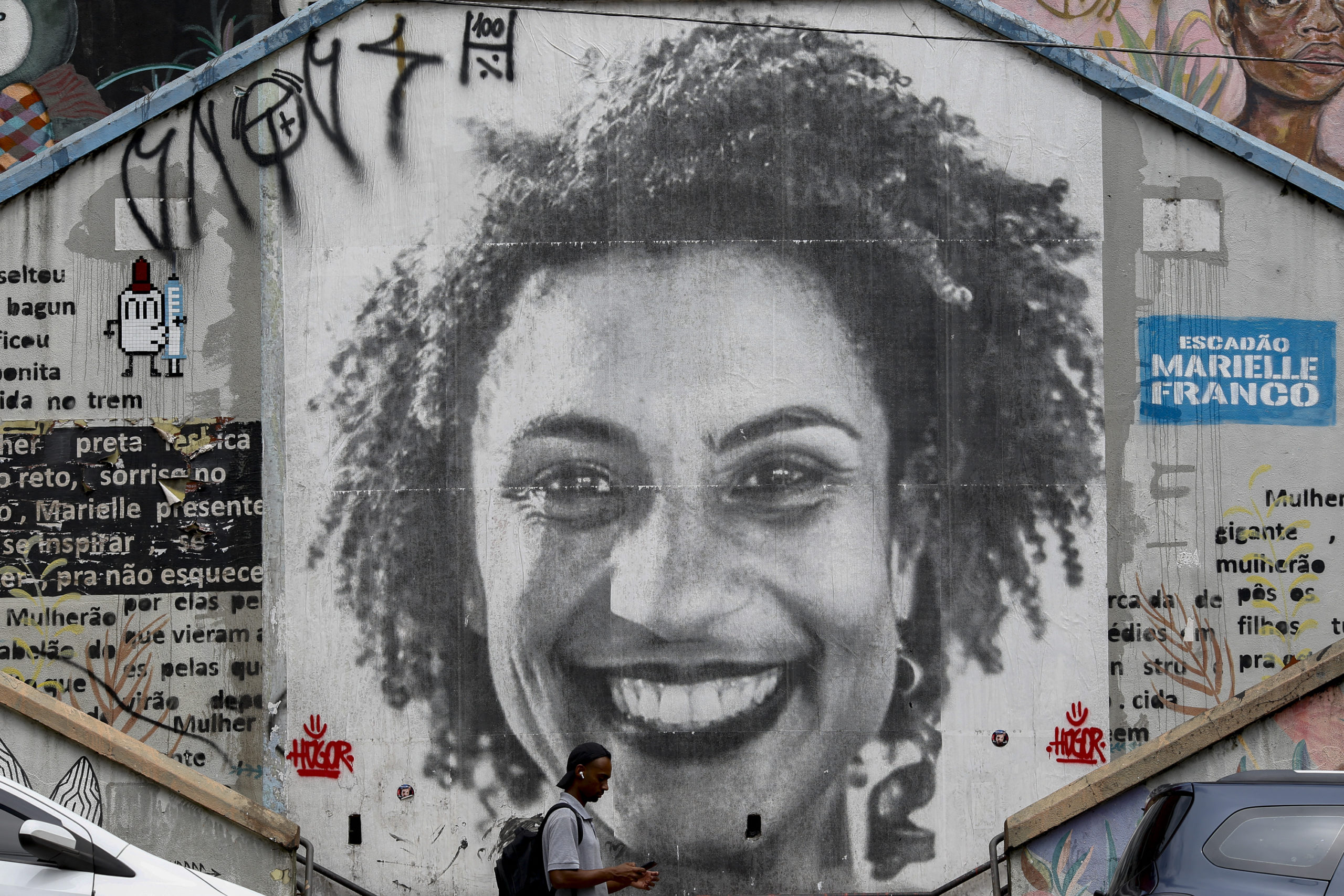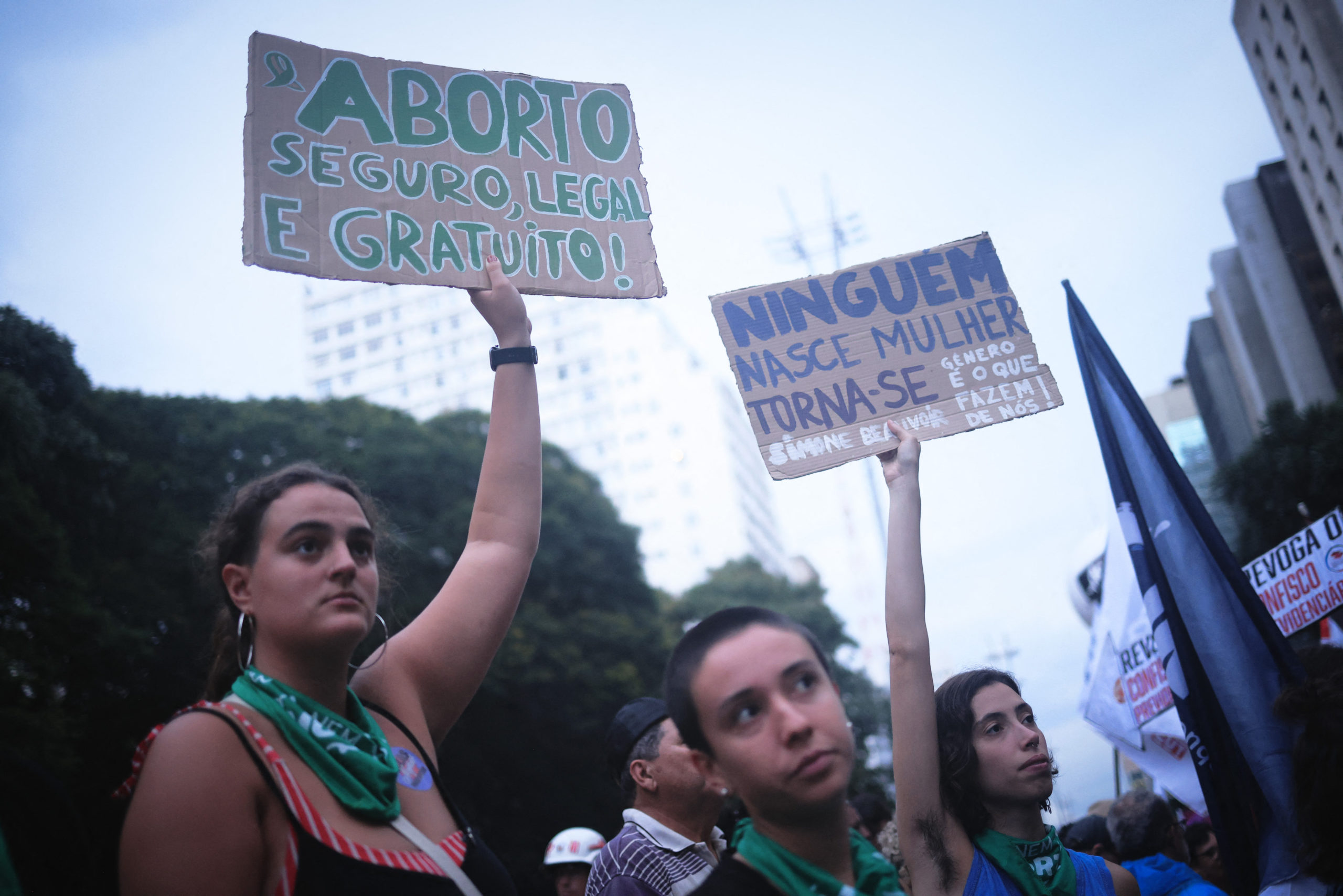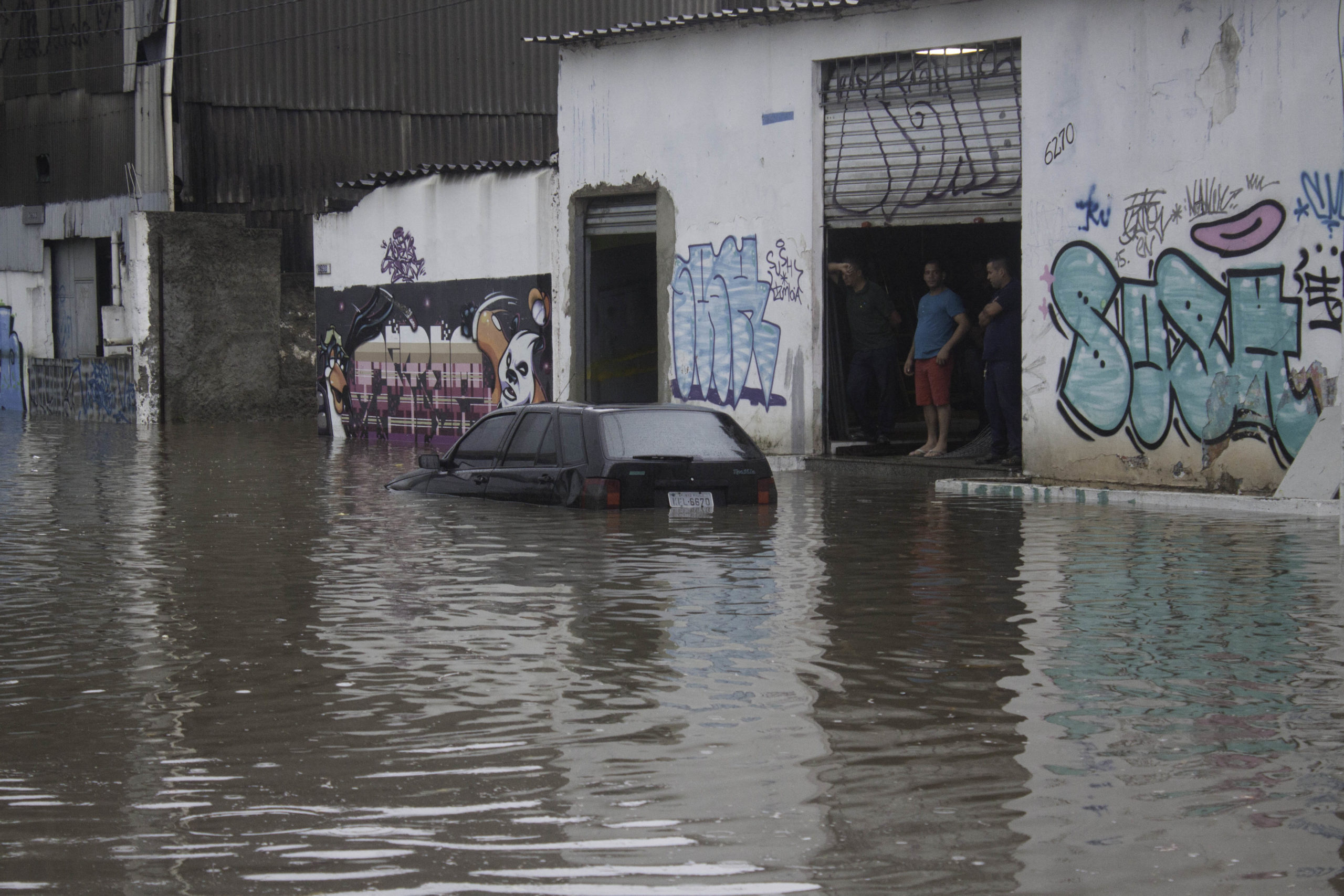How migrants and refugees in Brazil are surviving in the pandemic
Poor living conditions and lack of work are having an impact on groups who are most vulnerable to Covid-19
 Queue of Venezuelans in front of the Federal Police station in Boa Vista.
Queue of Venezuelans in front of the Federal Police station in Boa Vista.
Although voluntary isolation is one of the ways of preventing the spread of the new coronavirus, around 70.8 million people in the world do not have a home in which to isolate. This is the number of people who have been forced to abandon their homes because of wars, conflict and persecution — a record number registered by the UNHCR in its almost seventy years of existence.
Not even the pandemic seems to be able to contain this number. An inhabitant of Niger, a point of departure to Libya, told the agency, France Presse: “People in Gambia, Senegal, Mali… they are always ready to try.” A migrant told me: “I would prefer to die of coronavirus than to live in poverty.”
Refugees in Brazil
Brazil´s proximity to Venezuela means it is one of the principal destinations for those who are trying to flee from the economic, humanitarian and now health crises there. The government estimates that over 264 thousand Venezuelans have entered the country since the start of the migratory crisis, in 2015. The UNHCR puts the number of Venezuelans who have left their homes at 4.7 million, the largest exodus in Latin America´s recent history.
According to the agency, in Brazil alone 17 thousand Venezuelans were officially recognised as refugees, at the beginning of the year, making a total of 37 thousand.
Until the start of 2020, an average 500 Venezuelans were entering the country every day, principally in Roraima. However, the flow of refugees into Brazil was interrupted on 17 March when the government closed the border as a preventative measure against Covid-19.
Poor living conditions, difficulty accessing the health service, the language barrier and lack of work are some of the factors that mean refugees and other migrants are among the risk groups for the new coronavirus.
Measures such as the construction of the APC (Protection and Care Area) in Boa Vista, promoted by state and municipal governments have been designed to look after this group of people. In addition, projects like Pana – an initiative by Cáritas Brazil, supported by the IOM (International Organisation for Migration) and the Bureau of Population, Refugees and Migration (PRM) and the State Department of the United States is seeking to house around 400 migrants who have lost their jobs and homes because of the pandemic, in temporary shelters.
Unable to invest in professional training and partnerships with local institutions an UNCHR initiative has boosted their programme of emergency financial support, in partnership with the IMDH (Institute for Migration and Human Rights), which helps refugee families from the Democratic Republic of the Congo, Colombia, Cuba, Syria, Morocco and principally from Venezuela.
One example of this is a Venezuelan manicurist called Francis who considers their support to be very important. “Without this money I would be on the streets with my partner and my son.” She said in an interview to the UNHCR.


